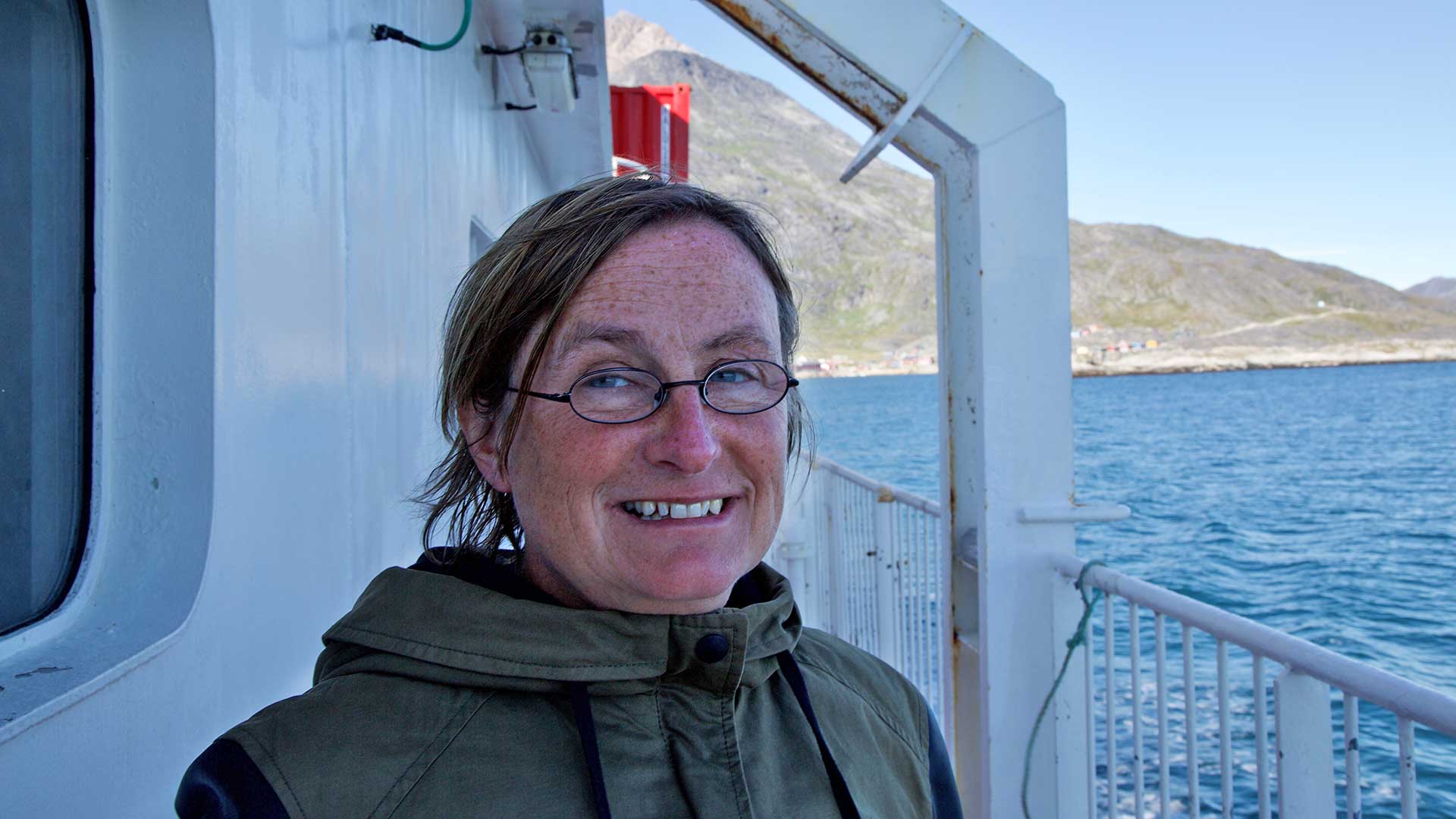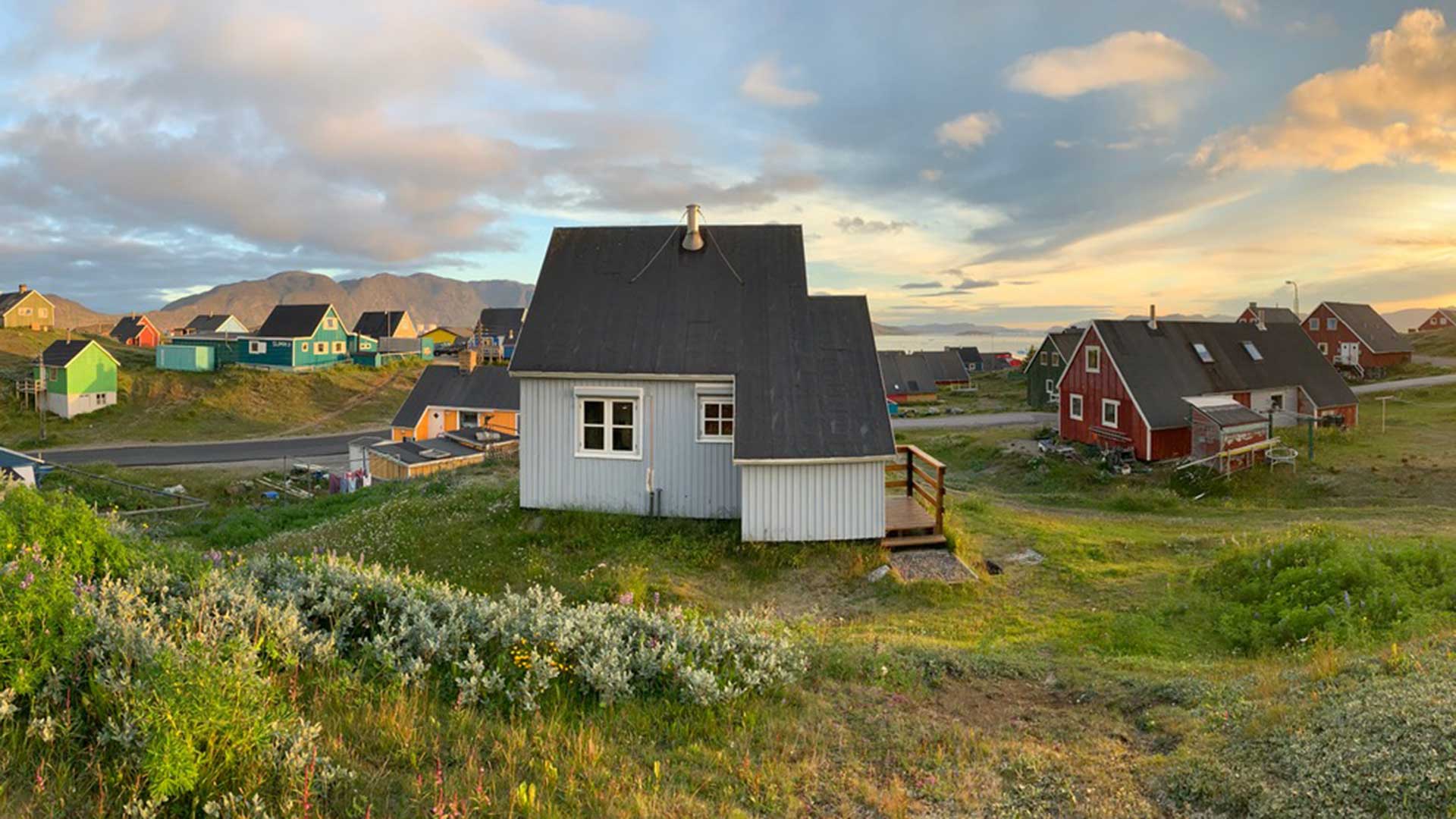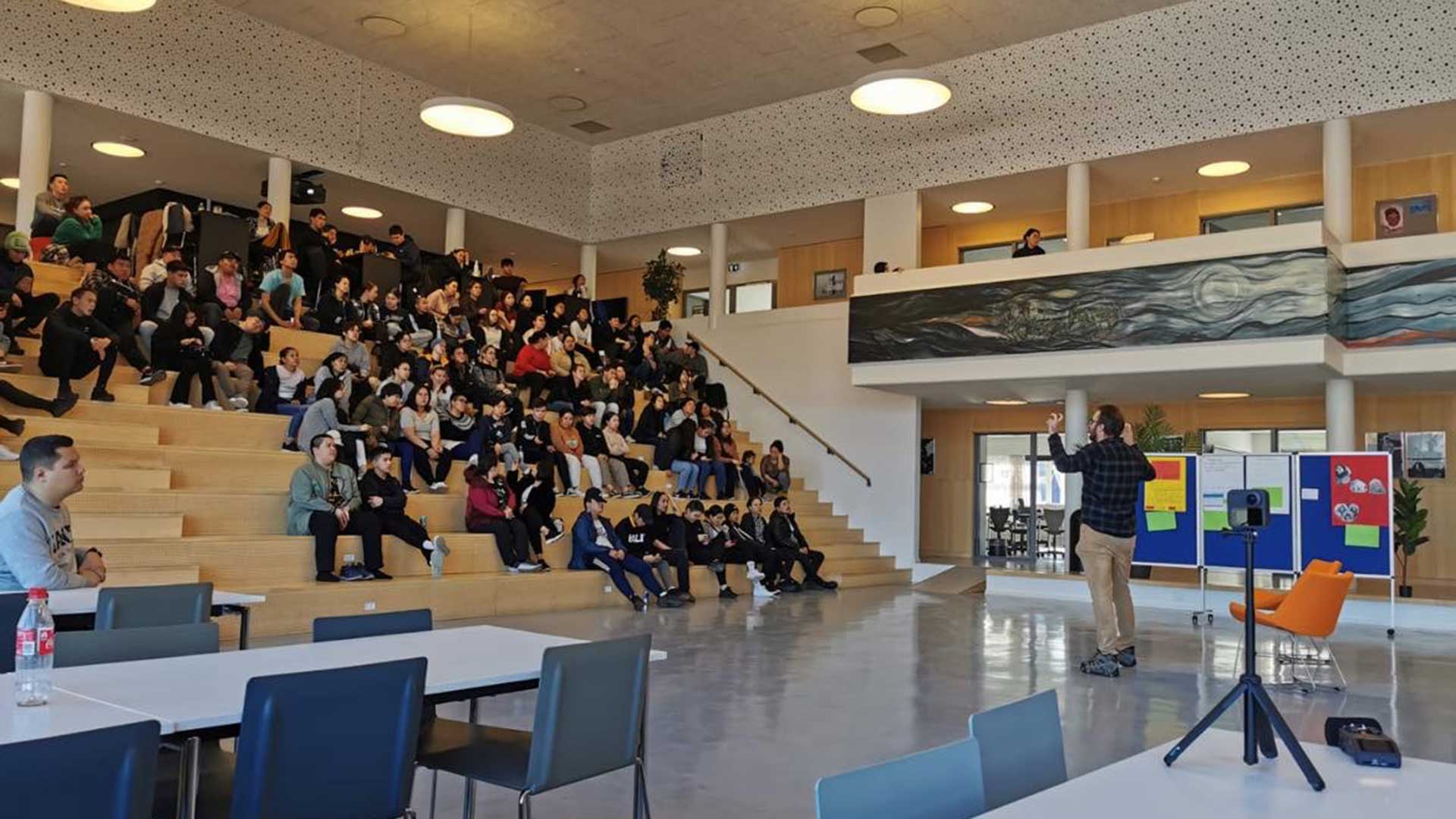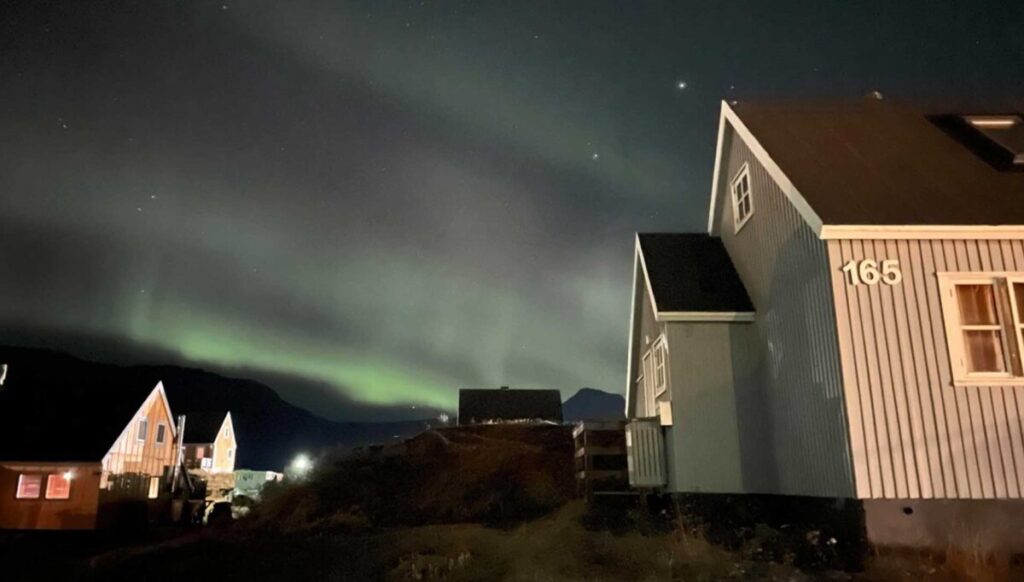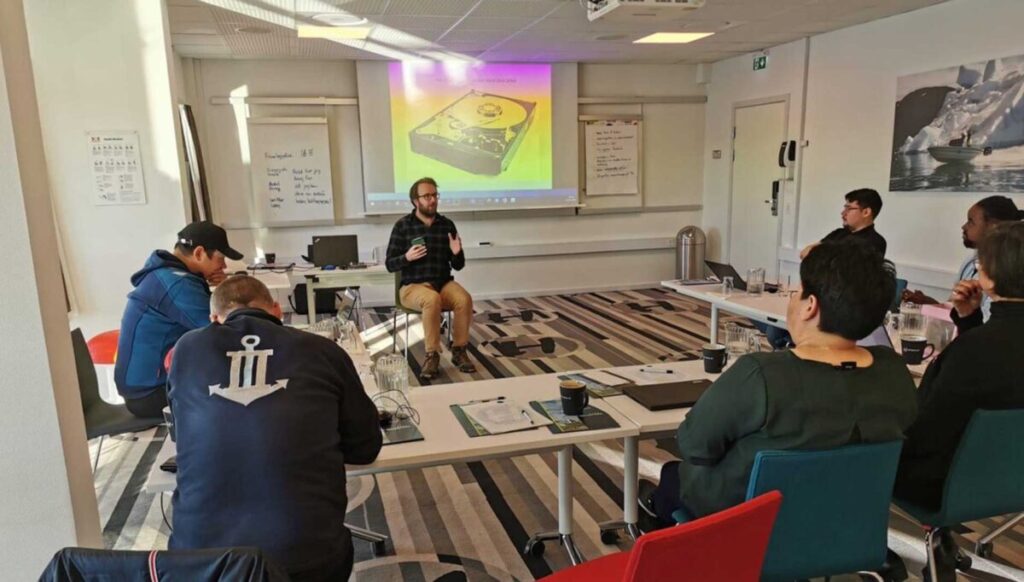She hopes the research station can make research projects in Narsaq more relevant to the population by strengthening cooperation and dialogue between locals, schools, businesses, and visiting researchers. Some of the ways to ensure this will be by holding community meetings, engaging local advisors, and appointing locals to the board of the research station.
The research station is busy.
Although the research station will officially only open this year due to covid, it has already housed several researchers. Zane Cooper is one of them. He stayed for a month at the research station in the fall of 2021. He is a Ph.D. candidate at The Annenberg School for Communication at the University of Pennsylvania in the United States, where he is researching waste generated in the production and consumption of electronics.
“The stay at the research station allowed me to get a sense of Narsaq community, of how people live. And it helped me formulate a lot of my research ideas,” he says.
One of his insights is that in Narsaq, the predominating kind of waste generated is waiting time. People wait for the mine to happen – or not happen. They wait for certainty about the town’s future so that decisions can be taken and projects initiated.
“The stay at the research station allowed me to get a sense of Narsaq community,” Zane Cooper
While he was in Narsaq, he interviewed people in the town and walked up to the potential mining site at Kuannersuit. The research station organized workshops at Campus Kujalleq, the high school in Qaqortoq. Zane Cooper gave lectures about the connections between technology, the internet, and mining in South Greenland. In this way, he could give some of his knowledge back to the community.
This summer sees a lot of activity when scholars from different parts of the world will visit Narsaq International Research station. For example, a group of design researchers will come from the United Kingdom to work together with local businesses and residents to develop co-design sustainable solutions for health, waste management, and improvement of living standards in South Greenland.
